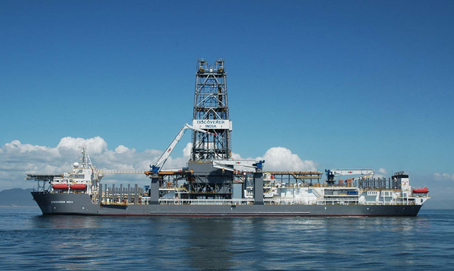
Chevron Corp. plans to sell its 50% stake in Caltex Australia Ltd. to institutional investors for about A$4.6 billion ($3.6 billion) as the second-biggest US energy producer accelerates asset sales.
Chevron is selling the shares at A$34.20 apiece, about a 10% discount to the closing price Friday, according to a term sheet seen.
Caltex, Australia’s biggest refiner, has risen 74 percent in Sydney in the past 12 months.
The deal underwritten by Goldman Sachs Group Inc. is the largest block sale ever in Australia, exceeding Royal Dutch Shell Plc’s sale of Woodside Petroleum Ltd. shares in 2010 for about A$3.3 billion, according to data compiled.
Chevron is increasing asset sales by 50% to $15 billion and curtailing new investment for the next two years after plunging oil prices squeezed cash flow for the US oil and gas company.
“They are perhaps looking to increase their margins and get away from businesses that offer lower-end margins,” David Lennox, a resource analyst at Fat Prophets in Sydney, said by phone.
“They are getting knocked around a bit because of the WTI price at the moment, so they’ll want to have cash on their balance sheet.”
Chevron expects to sell the shares in Caltex to a broad range of Australian and global institutional investors, the San Ramon, California-based company said Friday in a statement.
Oil has lost about half its value since late June amid weakening international demand growth and rising supplies from US shale formations.
Tens of thousands of jobs have been cut across the industry as companies curb spending.
Chevron’s divestment of oil and gas fields and other assets will continue through 2017, Chairman and Chief Executive Officer John Watson said during a presentation to analysts in New York earlier this month.
The move doesn’t alter Chevron’s focus on moving the Gorgon and Wheatstone liquefied natural gas projects in Australia toward start-up, the company said.
Chevron reduced its spending plan for 2015 by 13 percent to $35 billion in January, while bigger US rival, Exxon Mobil Corp., announced plans last month to reduce spending by 12 percent this year to $34 billion.
Recommended for you
